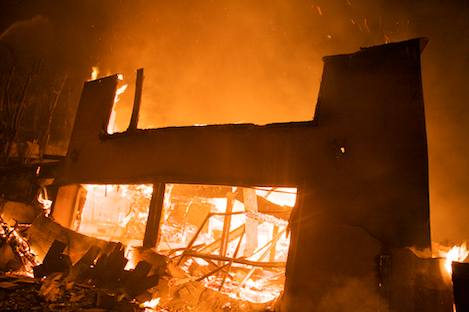

Drawn back to the seasons and architecture of the East Coast, she settled in New York in 1997, where she met her partner of fifteen years, Sharon Marcus.Īfter personally witnessing the devastation of September 11th, 2001, and the anti-war response that swept the city in its wake, Avery wrote her first book, a personal account of the attacks and their aftermath entitled The Smoke Week. She spent the next few years in San Francisco working for queer youth organizations and earning an MFA in Writing from Goddard College’s low residency program.

Interested in the overlap between theater, anthropology, and religion, Avery pursued an independent major in Performance Studies at Bryn Mawr College, graduating in 1993. In her teenage years, she discovered writers like Annie Dillard and Virginia Woolf, whose lush specificity tempted her back to the waking world. Raised in Columbus, Ohio and Princeton, New Jersey, Avery’s first love as a reader was the high fantasy of J.R.R.

She teaches fiction writing at Columbia University and out of her home in the West Village. Her novels, The Last Nude (Riverhead 2012) and The Teahouse Fire (Riverhead 2006) have also received Lambda, Ohioana, and Golden Crown awards, and her work has been translated into six languages. The only writer ever to have received the American Library Association Stonewall Award for Fiction twice, Ellis Avery is the author of two novels, a memoir, and a book of poetry. Told in an enchanting and unforgettable voice, The Teahouse Fire is a lively, provocative, and lushly detailed historical novel of epic scope and compulsive readability.

Aurelia becomes Yukako’s closest companion, and they, the Shin family, and all of Japan face a time of great challenges and uncertainty. We see it all through the eyes of Aurelia, an American orphan adopted by the Shin family, proprietors of a tea ceremony school, after their daughter, Yukako, finds her hiding on their grounds. It was a period when wearing a different color kimono could make a political statement, when women stopped blackening their teeth to profess an allegiance to Western ideas, and when Japan’s most mysterious rite-the tea ceremony-became not just a sacramental meal, but a ritual battlefield. The story of two women whose lives intersect in late-nineteenth-century Japan, The Teahouse Fire is also a portrait of one of the most fascinating places and times in all of history-Japan as it opens its doors to the West. "Like attending seasons of elegant tea parties-each one resplendent with character and drama.


 0 kommentar(er)
0 kommentar(er)
